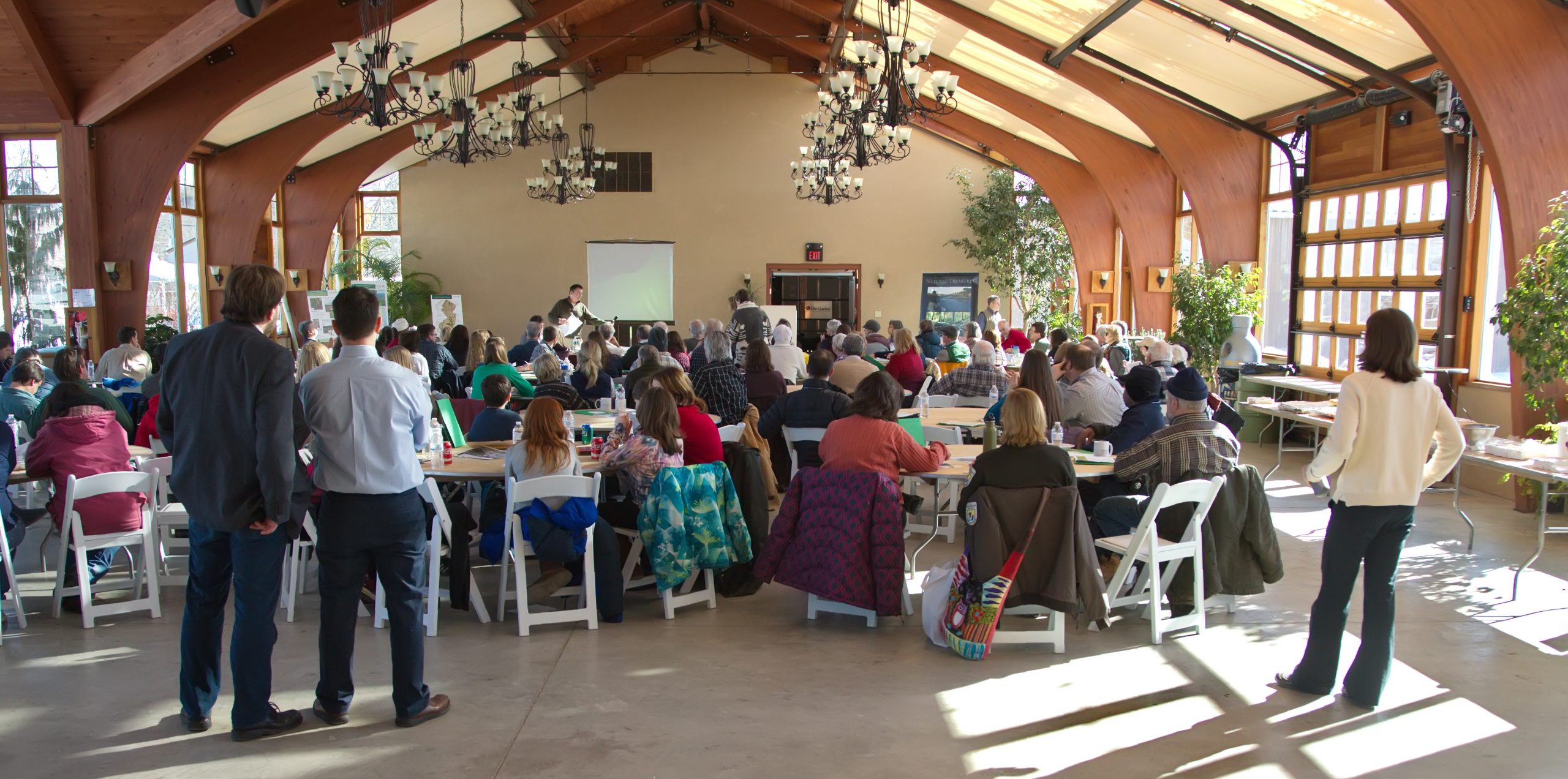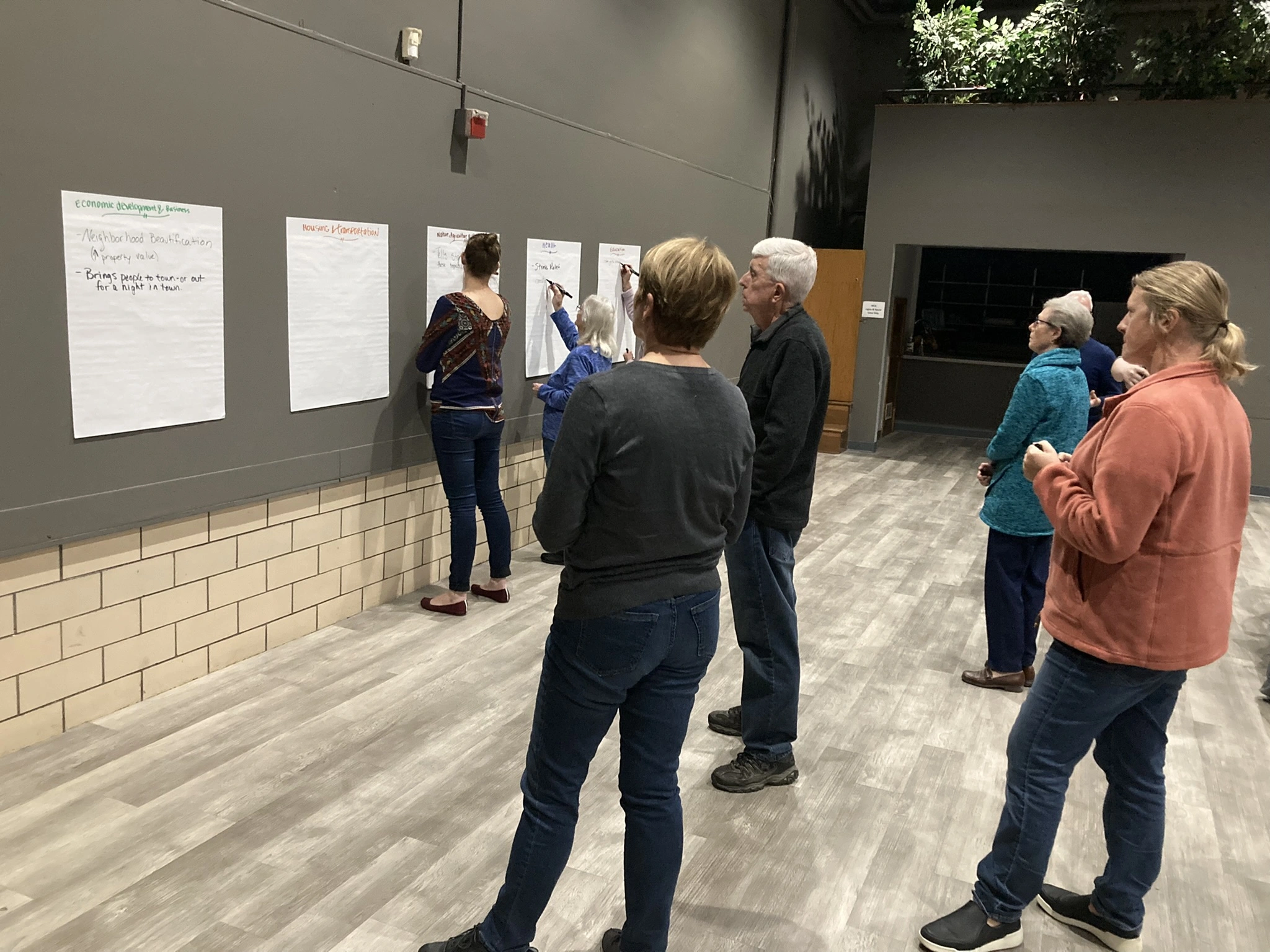
By Elizabeth Schuster, Environmental Economist
OVERVIEW OF THE PROBLEM
If your organization doesn’t have the shared language and systems for talking about risk – then your team probably isn’t having the conversations needed to effectively mitigate risks.
Have you also been observing this trend across social media platforms around overcoming your fears?
This can sound like: “Instead of running away from fear, lean into it. For in the heart of fear lies untapped potential.”
Or like this: “Stop letting fear hold you back. Reframe your fears into excitement and conquer them once and for all.
And of course, there is Nike’s famous “Just do it.” These tropes can creep into nonprofit decision making in unhealthy ways. Inspiration that is helpful for individuals is not always wise advice for running a multi-million-dollar organization.
When this popular language makes its way into nonprofit management, it might sound like this:
Nonprofit executive director has concerns about the risks associated with a new program or large investment. The leader expresses her concerns.
That leader receives pushback from a Board member or senior staff – perhaps something like, “Don’t let your fear of change hold this organization back.”
The problem with this pushback is it overlooks the fact that the leader’s concerns about risks may indeed be valid.
THERE IS A DIFFERENT WAY TO THINK ABOUT RISK
Earlier this year, I attended a workshop on conservation finance. I loved hearing how finance experts on the panels talked about risks.
It sounded more like:
We know this new area of financing is risky. We’ve talked about the risks with all of our key decision makers. We have a plan to mitigate those risks.
We decided to move forward with a pilot project to test it out because if it does end up working, it will give us a powerful new tool to advance our programming.
As an environmental economist by training, this language resonated with me. The risk framework that economists and finance experts use attempts to remove some of the emotion from the discussion.
It’s not about whether we are “afraid” to make a decision because we “are nervous” it might have a high cost. It’s that objectively speaking, we need to decide if the benefits are high enough that we can accept the possibility of a certain risk.
WHAT’S A BETTER APPROACH FOR YOUR ORGANIZATION?
When you have a framework and language for discussing risks that’s relevant for nonprofits, your team:
- Has the appropriate risk language to discuss tradeoffs.
- Can talk about likelihoods. While these are often subjective, sometimes writing them down and discussing them can help the team move towards a shared understanding of the probability.
- Can move forward decisions during times of uncertainty, curtailing tendencies towards analysis paralysis.
- Can take reasonable, healthy risks when needed.
- May opt to engage in “risk sharing.” When you involve your leadership team and/or Board in the process, then the team takes a shared responsibility for certain key decisions.
- Has a framework for talking about how to mitigate those risks.
I can guess what you’re thinking. “Hold on! We’re a fast-paced organization. We can’t go through a risk assessment with every decision we make.” That is very true.
Where it matters the most is with longer-term strategic decisions. In this space, we often see extremes, either:
- We may see some risk-loving individuals who can’t understand why others wouldn’t want to grow the organization and say yes to everything.
- And we often see risk-aversion, with others saying no to anything new.
In these cases, it helps to use a risk framework and have a structured conversation. Click here for A SIMPLE FRAMEWORK FOR NONPROFITS TO ASSESS RISK.
WHAT THIS LOOKS LIKE IN PRACTICE
A few years ago, I applied my risk framework to an assessment I did for a nonprofit client, for a very large program. We were surprised by the results.
We had thought the biggest risks would be financial. But we learned the biggest risk was employee turnover. For highly information-intensive programs, losing a key staff member would lead to a huge loss of knowledge and significant delays, resulting in high costs for the program.
Here’s another real-life example. I worked with another nonprofit who agreed to be the fiscal agent on a large, statewide project. There were a few notable risks, including substantial cash flow issues, as well as potential staffing issues. The nonprofit chose to move forward with the large project and mitigated the risks by building partnerships with other nonprofits and state agencies to share the risks.
CONCLUSION
I am aware that nonprofits have a reputation of being more risk averse than the private sector. My point is not to encourage nonprofit organizations to never take risks. The point is to be aware of the risks and make informed decisions.
Nonprofit executives need better tools to surface concerns and facilitate discussions on risk with your teams. This helps bring objectivity and assess which concerns are valid – and when your organization needs to mitigate these risks.





